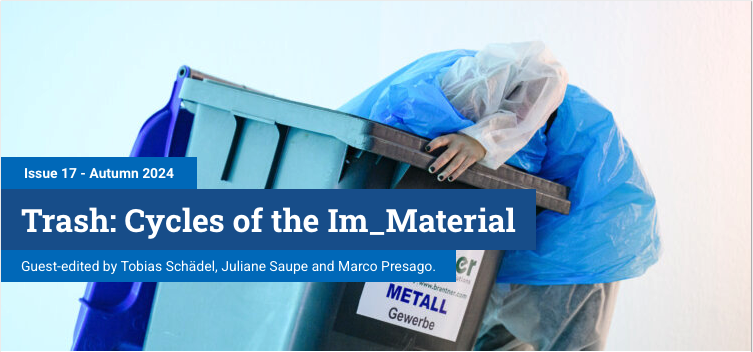Landscape Entrusted
Depositing Nuclear Waste in Geologic Time
DOI:
https://doi.org/10.22029/oc.2024.1436Keywords:
nuclear waste, landscape, architecture, new materialism, waste management, technopoliticsAbstract
The Waste Isolation Pilot Plant (WIPP) in New Mexico, USA, the world’s first operational geological repository for transuranic waste, represents a planetary shift in human interaction with the natural environment. Mined 655 meters below the earth’s surface in ancient salt strata, the WIPP is designed to exploit ecological processes, unfolding over geological timescales, to contain the radioactive byproducts of the nuclear weapons development. Nuclear waste, especially that contaminated with plutonium-239, entraps human action for 241,000 years because of its lethal nature and long half-life, posing a temporal challenge beyond human comprehension. In addition to the New Materialist term entanglement and its derivative entrapment, I propose the term entrustment which I define as an attempt to re-situate the human within the natural realm by offloading its own entrapping/entrapped responsibilities onto ecology’s self-healing capacities. By anticipating that salt formations will shift over time to encapsulate radioactive waste, nature is being used as a reliable participant in solving a human-made problem. This _Article argues that the WIPP situates the human and its effort within geological timescales, entrusting the landscape with the responsibility of containing and mitigating its nuclear legacy.
Downloads
Published
Issue
Section
License
Copyright (c) 2024 Taisuke Wakabayashi

This work is licensed under a Creative Commons Attribution 4.0 International License.




